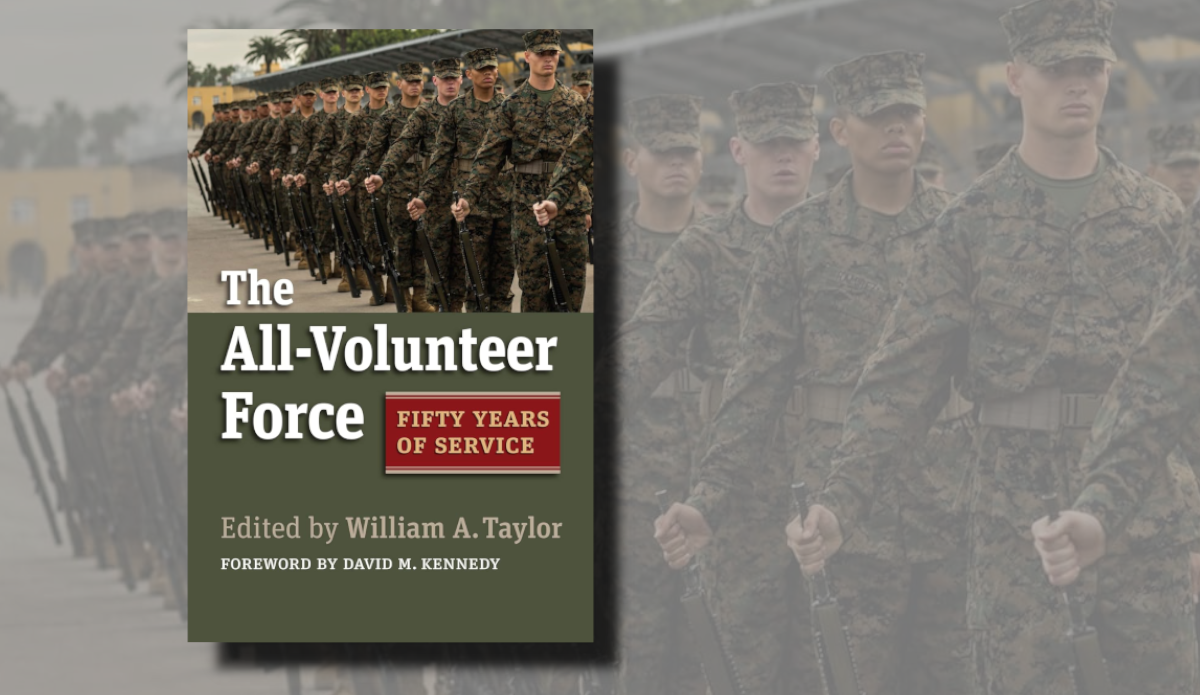Emerging Threats and Opportunities
Nuclear Proliferation
CSIS delivers ‘Toward a More Proliferated World?’, a comprehensive report identifying and assessing the geopolitical trends that may shape the future nuclear proliferation landscape. CSIS argues that the current US framework to prevent proliferation is being eroded by geopolitical forces; and raises questions whether the international community’s relatively successful non-proliferation track record can be maintained.
CSIS highlights seven concerning trends:
- Nuclear threats are increasing;
- US allies and partners are losing trust and confidence in the US;
- The rise of authoritarian leaders is increasing the chances of nuclear proliferation;
- Prospects are dim for arms control measures that can further reduce US and Russian nuclear weapons;
- US ability to use civil nuclear energy sales and assistance to advance non-proliferation objectives is declining;
- The effectiveness of sanctions is likely to diminish; and
- The increasing competitive relationships between the US, Russia and China will likely impede cooperation on non-proliferation.
The report presents three cases studies for potential proliferators in line with these trends, they are: Saudi Arabia, South Korea and Turkey. Their potential future motivation for seeking nuclear weapons can be summarised as:
- Their surrounding dangerous and competitive neighbourhoods;
- Erosion of relationship and/or loss confidence in the US; and
- Counter measures against direct nuclear threats (North Korea, Iran and China).
If the world was to see an acceleration of proliferation, where does this leave Australia? ASPI asked: ‘Should Australia build its own nuclear arsenal?’ and ASPI strategist Hugh White explored this concept in his book: ‘How to Defend Australia’. For Australia to break away from the Nuclear Non-Proliferation Treaty (NPT), there are three “ifs” to this happening. First, our regional strategic environment has to become ‘appreciably darker’ and be seen as ‘a positive contribution to regional stability’ in order to satisfy the supreme national interests test of Article X of the NPT (Article Ten states that ‘Each party shall in exercising its national sovereignty have the right to withdraw from the Treat if it decides that extraordinary events… have jeopardised the supreme interests of its country’). Secondly, (and in concert with the seven CSIS trends above) is if the US extended nuclear deterrence is no longer available. Thirdly, Australia would have ‘to be facing an existential threat’.
Irregular Warfare and Terrorism
19 years after the 9/11 attacks in the US, al-Qaeda is said to be ‘in a state of disarray’ with their leader, Ayman al-Zawahiri ‘uncharacteristically absent for months, prompting speculation that he might be dead or incapacitated.’ However, another al-Qaeda linked group, al-Shabab, remains potent and is the most active Islamic extremist group in Africa. The group now holds territory and ‘exercise a form of governance across most rural areas in central and southern Somalia.’ Al-Shabab claim daily attacks and have conducted a number of recent operations this month including:
- 13 September - African Union Mission in Somalia (AMISOM) repulsed an al-Shabab attack on their base outside of Mogadishu.
- 11 September - 3 al-Shabab members were killed in Kenya while preparing an IED.
- 7 September - Operatives killed at least three Somali troops and injured an American military adviser via a car bombing and mortar attack outside a military base in South Somalia.
This follows a US Drone strike killing a high-ranking al-Shabab member in Somalia in late August after a seaside hotel attack of government officials in Mogadishu and a January attack on the US Manda Bay military base in Kenya.
From the Diplomat, the US aims to reduce soldiers in Afghanistan to 4,500 by November. Marine General Frank McKenzie stated
“At 4,500 we’re still going to be able to accomplish the core tasks that we want to accomplish… and we’ve shown more than ample goodwill and our willingness to demonstrate that we don’t want to be an occupying force in this country. But we do have strategic interests, vital interests that compel us to be certain that these entities such as al-Qaida and ISIS, can’t be guests there to attack the United States.”
This statement follows the US Taliban agreement from February, that calls for US to completely withdraw by spring 2021, though this is predicated on ‘the commitment and action on the obligations’ set forth for the Taliban.
Regional View
Vietnam Foreign Minister Pham Binh Minh stated ASEAN countries wanted the US to play a role in maintaining peace while other Southeast Asian countries were open to opportunities for practical cooperation with the US. This comes after building tensions between the US and China, last month the US sanctioned 24 Chinese state-owned companies it stated were helping Beijing’s military build up with South China Sea island building.
Defence Innovation
The US Navy is preparing for a Major Unmanned Battle Test in the Pacific, by deploying drones that operate in the air, underwater and on the surface. This is part of an ‘unmanned fleet battle program for high-end warfare’ and aims to demonstrate how the US Navy can align to the US Indo Pacific Command directives, to use experimentation to drive lethality.
Rear Adm. Robert Gaucher, director of maritime headquarters with US Pacific Fleet stated,
“I want to be able to put an unmanned surface ship inside the adversary’s denied areas. If I lose it, I’m losing a much less expensive ship and I’m not losing American lives, but I’m still creating a problem — whether I’m making them shoot it and I’m finding out where they are … or I’m made them waste a weapon on it or I’m getting a couple of shots off before I lose it.”
Following the 20 August DAPRA AlphaDogFight Trials where an AI program defeated a Human F-16 Pilot in simulated dogfights, US Defence Secretary Mark Esper stated at the 2020 DoD AI Symposium that the Pentagon is raising the stakes and will pit an AI-controlled jet against a fight pilot in a real aerial battle in 2024. At his speech he promoted “the tectonic impact of machine learning on the future of warfighting” and stated
“the AI agent’s resounding victory demonstrated the ability of advanced algorithms to outperform humans in virtual dogfights… these simulations will culminate in a real-world competition involving full-scale tactical aircraft in 2024.”
A US Army M109 Paladin-based 155mm Howitzer successfully engaged a simulated cruise missile (BQM-167 target drone) with a hypervelocity projectile flying at Mach 5. This was part of the US Air Force’s second demonstration of its Advanced Battle Management System (ABMS). ‘The hyper-velocity projectile (HVP) is made by BAE Systems and is uses technology developed for the US Navy’s railgun program. The result is a howitzer round that flies faster and can be used to prevision-target ballistic missiles, cruise missiles, aircraft, ships at sea and targets on ground.’ A Paladin howitzer can fire a HVP to a range of 43 nautical miles and at six rounds per minute.
Information and Cyber Domain
Chinese company Zhenhua Data has been amassing a vast global database of 2.4 million people for ‘Hybrid Warfare’, and highlights China’s growing global intelligence gathering operations. Little is known about Zhenhua Data, ‘which operates out of a tech incubator in Shenzhen and an office park in northwest Beijing’. The company is reported to have links to Beijing’s military and intelligence network, with the PLA and Chinese Communist Party among its clients.
Zenhua Data ‘boasts it has about 20 ‘collection nodes’ scattered around the world to vacuum enormous amounts of data and send back to China. Two of the nodes have been identified as being in Kansas in the US and the South Korean capital, Seoul. The Australian node has not been detected.’ A Five Eyes intelligence officer, who uses the pseudonym Aeneas, has pored over the data and described the technique as ‘mosaic intelligence gathering’ and a different way to how western agencies work. “The individual pieces of intelligence are like tiles in a mosaic, which make sense when they are arranged the right way,” Aeneas said. Zenhua then used AI and algorithms to help put these ‘tiles’ (intel pieces) together and fill in the holes “on the basis of each individual’s relationship with others, such as their peers, colleagues or partners.”
There are 35,558 Australians on the database and the key Australians profiled can be seen here. The information for this massive database has been gathered from both open (social media, Tik Tok accounts, news stories) and confidential sources (bank records, job applications and psychological profiles).
The database was leaked to a US academic based in Vietnam, Professor Chris Balding, who had recently left China due to safety concerns. He has stated,
“China is absolutely building out a massive surveillance state both domestically and internationally. Open liberal democracies must consider how best to deal with the very real threats presented by Chinese monitoring of foreign individuals and institutions outside established legal limits.”
Events
- 22 – 24 September: Defence Connect – Keysight World 2020 Asia Pacific. This is a virtual event promoted “to dive deep into the hottest topics from design to deployment in 5G, Automotive, Advanced Measurements, High-Speed Digital and IT Network Security.” Details are available here.
- 23 September: Drone Futures Seminar Series: ‘American Kamikaze, Operation Crossroads and the War on Terror’ – a virtual public seminar with Katherine Chandler (Georgetown University) and chaired by Michael Richardson (UNSW). Register here via Eventbrite
- 29 September: – 2 October: Black Hat Asia. Promoted as the conference for security researchers, with the unveiling of new research, development, trends, plus training and an expo. This is virtual event. Details are available here.
- 29 September: “The Militia, Conscription and Politics of ‘One Army’, 1939-1945". Details are available here.
- 7 October to 25 November: 2020 Australian Naval Institute Goldrick Seminars ‘Remote and Autonomous Systems at Sea’. This series of 8 webinars will be held each week from 7 October via Zoom. Details are available here.
- 1 November: DST is hosting their Emerging Disruptive Technology Assessment Symposium Agile Command and Control (AC2). Details are available here.
The views expressed in this article and subsequent comments are those of the author(s) and do not necessarily reflect the official policy or position of the Australian Army, the Department of Defence or the Australian Government.
Using the Contribute page you can either submit an article in response to this or register/login to make comments.



